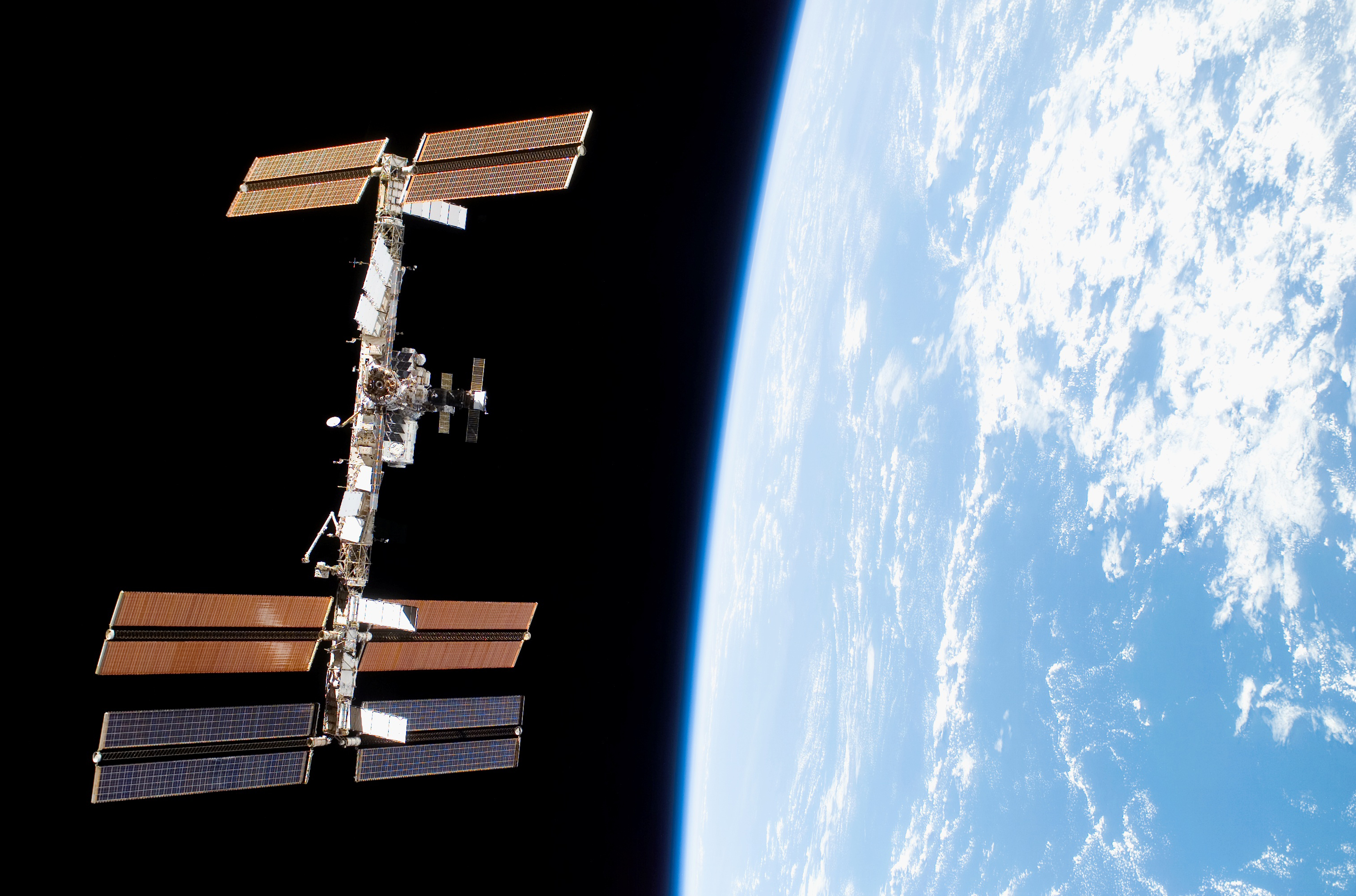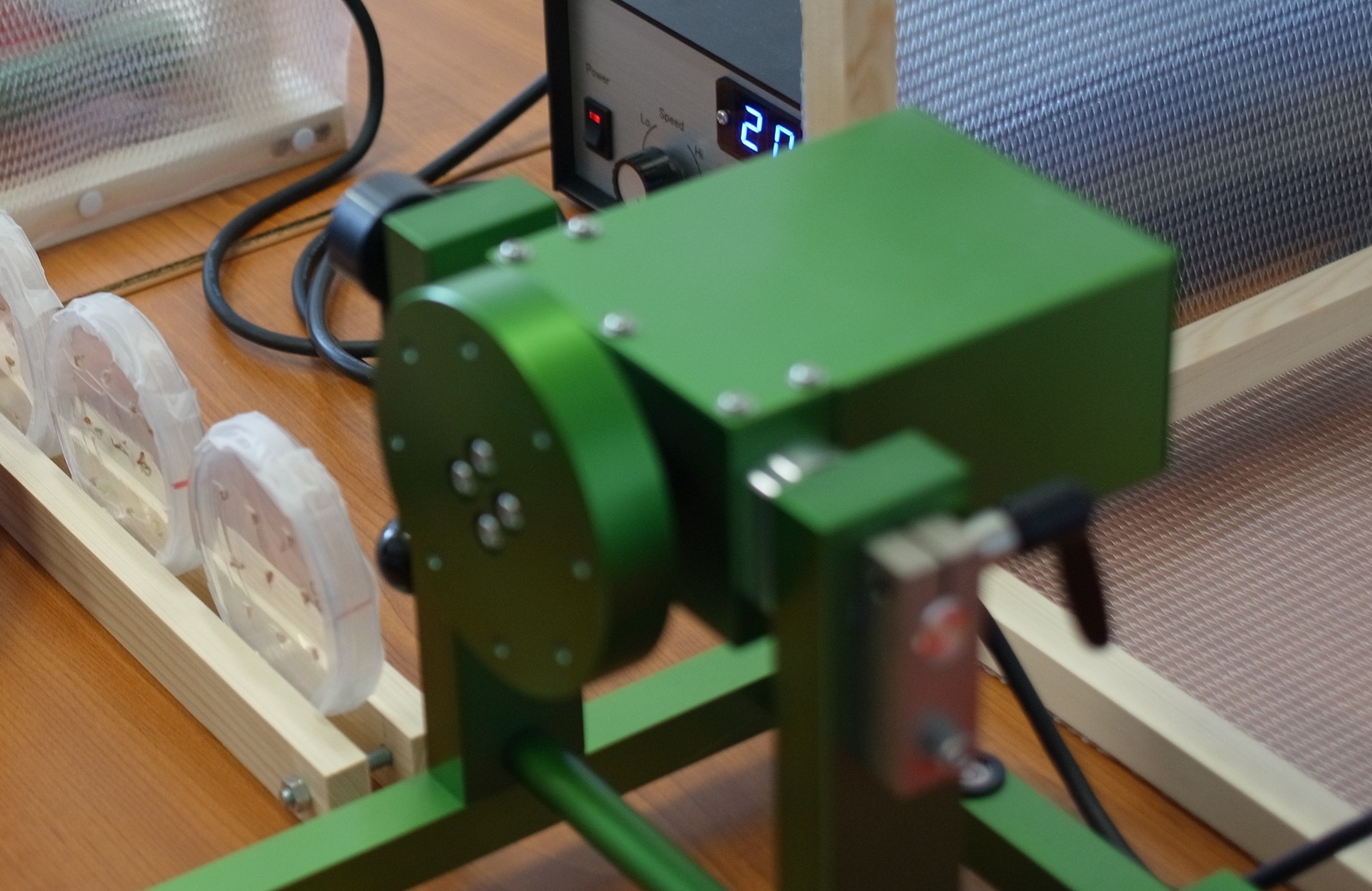Sustainable Development Goal 12: Responsible Consumption and Production
Sustainable Development Goal 12 aims at ensuring sustainable consumption and production patterns. SDG 12 is about promoting resource and energy efficiency, sustainable infrastructure, and providing access to basic services, green and decent jobs and a better quality of life for all. Its implementation helps to achieve overall development plans, reduce future economic, environmental and social costs, strengthen economic competitiveness and reduce poverty. Sustainable consumption and production aims at "doing more and better with less", increasing net welfare gains from economic activities by reducing resource use, degradation and pollution along the whole lifecycle, while increasing quality of life.
Space technologies can assist with:
- Natural resources management
- Food and dangerous goods traceability
- Monitoring of endangered species trafficking and products of human slavery
- Smart Agriculture by combining Earth observation, satellite telecommunications and Global Navigation Satellite Systems
- Spin-offs of In-situ resources utilization (ISRU), such 3d printing technologies to create structures in orbit, could have applications on Earth

